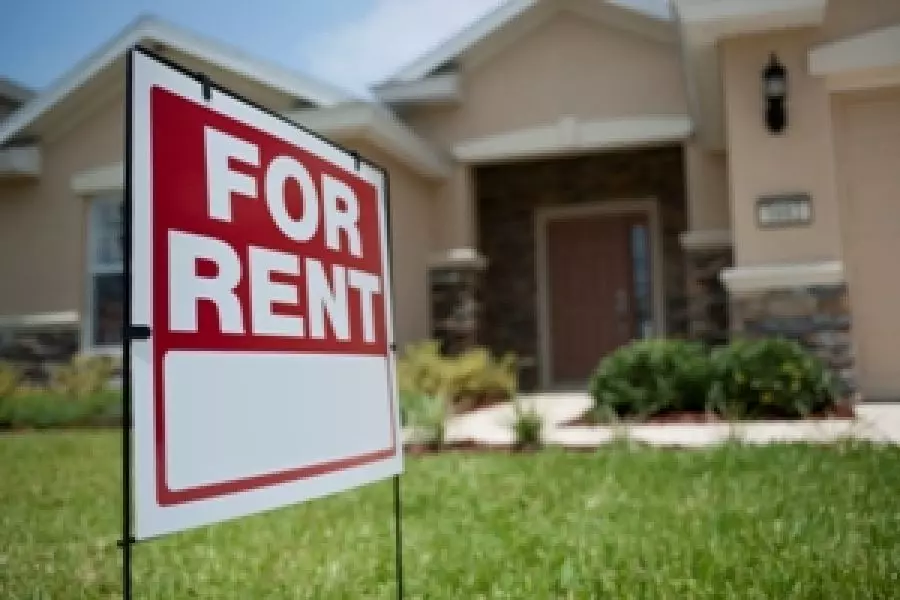
News
Rent levels countrywide

Friday 24th of September 2021
The report looks at how rents have changed over the past year and over a longer time.
Of greater interest, says Alexander is an update on the analysis of growth in new building consents and estimated population growth to get a feel for when people might decide a region is becoming “over-supplied”.
“The term is in quotation marks to reflect the fact that being o...
Want to read the full article?
Click the button below to subscribe and will have unlimited access to full article and all other articles on the site.








![[The Wrap] Bye Bye Bayly](https://goodreturns.publit.io/file/c_fill,w_900,h_600/39f23ac1-f7c7-4854-b700-a150004ebbac.webp)